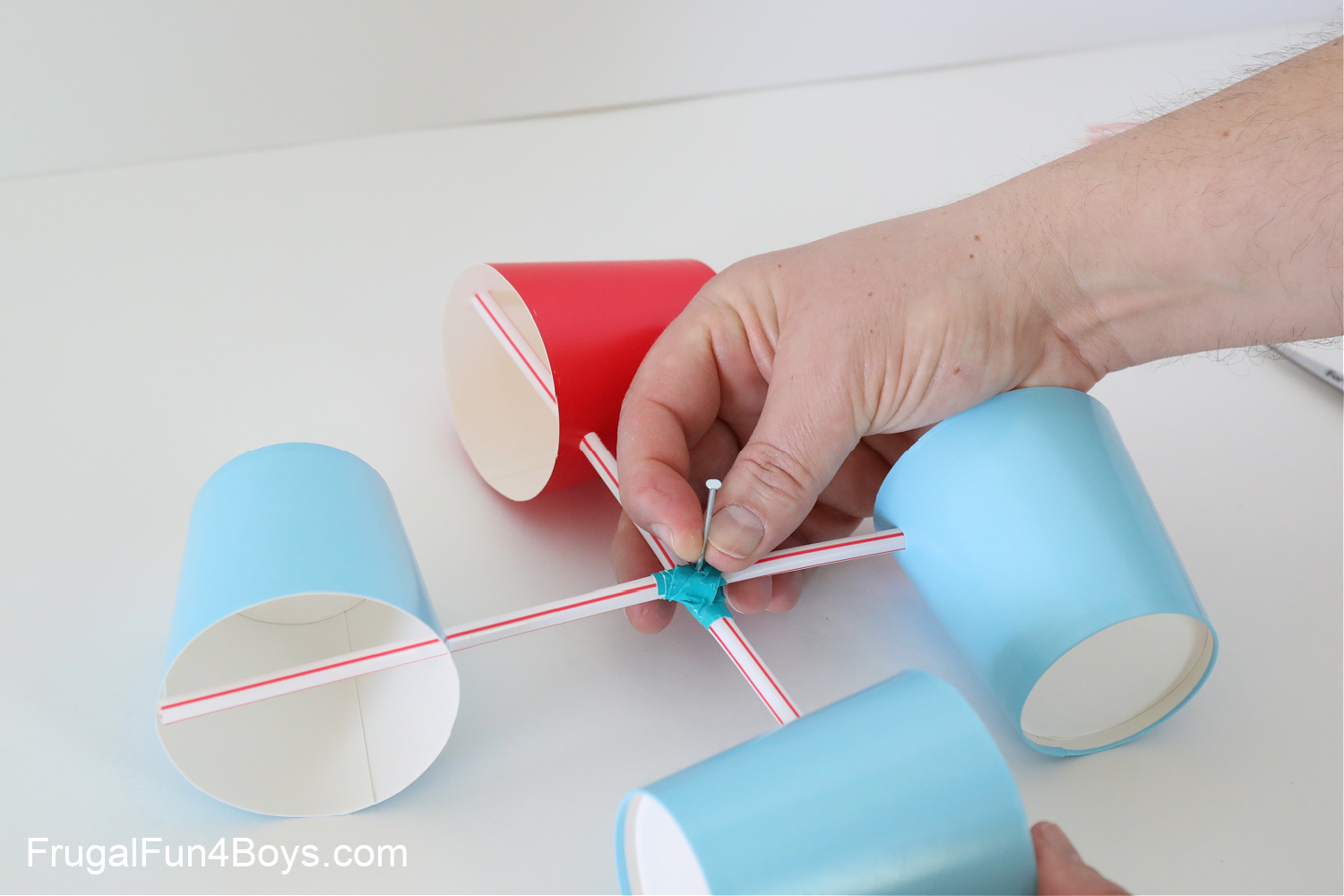Selecting the Right Anemometer: A Comprehensive Purchasing Guide
Selecting the Right Anemometer: A Comprehensive Purchasing Guide
Blog Article
All You Need to Know Concerning Anemometers: Just How They Work, Why They Issue, and Where to Make use of Them
Anemometers, however commonly ignored in the realm of clinical instruments, play a crucial function in various areas, using valuable understandings into wind rate and air movement patterns. Understanding the technicians behind these gadgets is essential for any individual looking for to harness the power of this data. From meteorologists tracking weather patterns to designers making structures with wind tons in mind, the applications of anemometers are far-ranging and diverse. As we explore the ins and outs of anemometer technology, we will certainly uncover the inner operations of these devices, their relevance, and the essential factors to consider when selecting the right anemometer for specific applications.

Anemometer Essentials
An essential tool utilized to gauge wind rate and instructions, the anemometer plays a crucial duty in weather forecasting and different markets. An anemometer commonly contains three or four mugs that turn in the wind, a vane that directs into the wind, and sensors to track the turnings or activities. By computing the rotations or movements over a specific period, the anemometer can establish wind rate. The vane helps determine wind instructions by directing into the wind, giving useful information for weather forecasting, aeronautics, maritime procedures, ecological tracking, and wind power applications.
There are different kinds of anemometers available, including mug anemometers, vane anemometers, hot-wire anemometers, and sonic anemometers, each with its one-of-a-kind attributes and applications. Mug anemometers are commonly used for fundamental wind speed dimensions, while vane anemometers are chosen for directional measurements.
Principles of Anemometer Operation
Structure on the foundational understanding of anemometer essentials, the principles of anemometer operation clarify the mechanics behind wind speed and instructions dimensions. Anemometers run on the concept of airflow affecting a sensing unit, creating it to rotate. Cup anemometers, for instance, have 3 or even more cups that catch the wind, triggering them to rotate quicker as the wind speed boosts. The rotation speed is after that exchanged a wind speed measurement. Vane anemometers, on the other hand, use a tail or a probe that aligns itself with the wind direction, providing a measurement of wind instructions based upon the orientation of the sensor. Hot-wire anemometers depend on a warmed cord that cools as wind overlooks it, with the price of cooling determining the wind rate. Ultrasonic anemometers action wind rate and instructions by assessing the moment it considers ultrasonic signals to travel in between transducers. Understanding these concepts is essential for accurate and reputable wind dimensions in numerous applications. useful link
Importance of Anemometers
The significance of anemometers in meteorology and numerous markets can not be overstated. Anemometers play an important duty in determining wind speed and instructions, offering crucial data for climate projecting, climate studies, ecological tracking, and aviation operations. Meteorologists rely upon anemometers to collect precise wind information, assisting them recognize weather condition patterns, predict tornados, and issue prompt warnings to the general public. In sectors such as building and construction, agriculture, eco-friendly reference energy, and maritime procedures, anemometers are utilized to maximize procedures, ensure safety and security, and increase effectiveness. For example, wind ranch operators utilize anemometers to analyze wind conditions and make best use of electrical power manufacturing from wind generators. In the maritime sector, anemometers aid ship navigation by supplying real-time wind details to captains, helping them make informed decisions to guarantee risk-free trips. In general, anemometers are vital devices that add considerably to safety and security, efficiency, and informed decision-making in meteorology and a variety of markets.
Applications Across Various Industries
In the renewable energy industry, anemometers play a critical role in examining wind problems for wind ranch positionings, making certain ideal power manufacturing. Industries like construction and mining utilize anemometers to keep track of wind speeds, vital for safety and security methods, specifically when functioning at heights or in open-pit mines where solid winds can position dangers. In farming, anemometers help farmers in handling crop spraying by giving real-time information on wind rate to prevent drift.

Picking the Right Anemometer for Your Needs
For basic functions, a mug anemometer is suitable for gauging wind rate, while a vane anemometer gives wind instructions information. Hot-wire anemometers are perfect for low airspeed measurements, and ultrasonic anemometers offer high accuracy and toughness.

Verdict
In conclusion, anemometers play an important role in determining wind rate and direction across numerous sectors. It is important to think about the relevance of anemometers in order to make enlightened decisions when selecting the most ideal device for determining wind conditions.
There are different kinds of anemometers offered, consisting of mug anemometers, vane anemometers, hot-wire anemometers, and sonic anemometers, each with its distinct attributes and applications. Cup anemometers are typically used for fundamental wind speed dimensions, while vane anemometers are preferred for directional measurements. Hot-wire anemometers are appropriate for low airspeeds, and sonic anemometers are optimal for high-precision dimensions in research and industrial settings.Building on the foundational understanding of anemometer basics, the principles of anemometer operation illuminate the auto mechanics behind wind rate and instructions dimensions. For basic objectives, a mug anemometer is ideal for measuring wind speed, while a vane anemometer supplies wind direction data.
Report this page